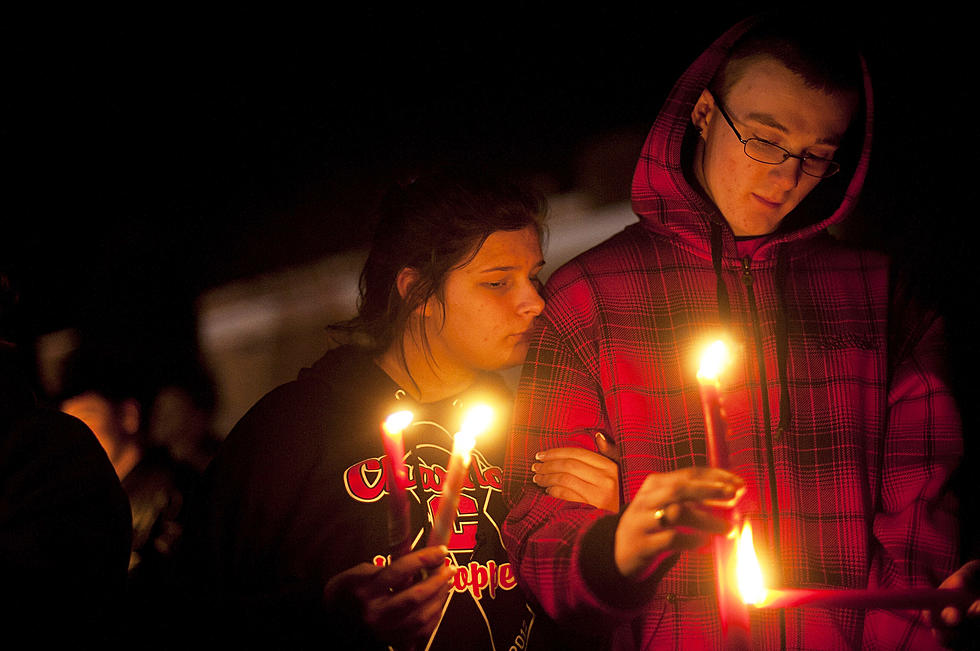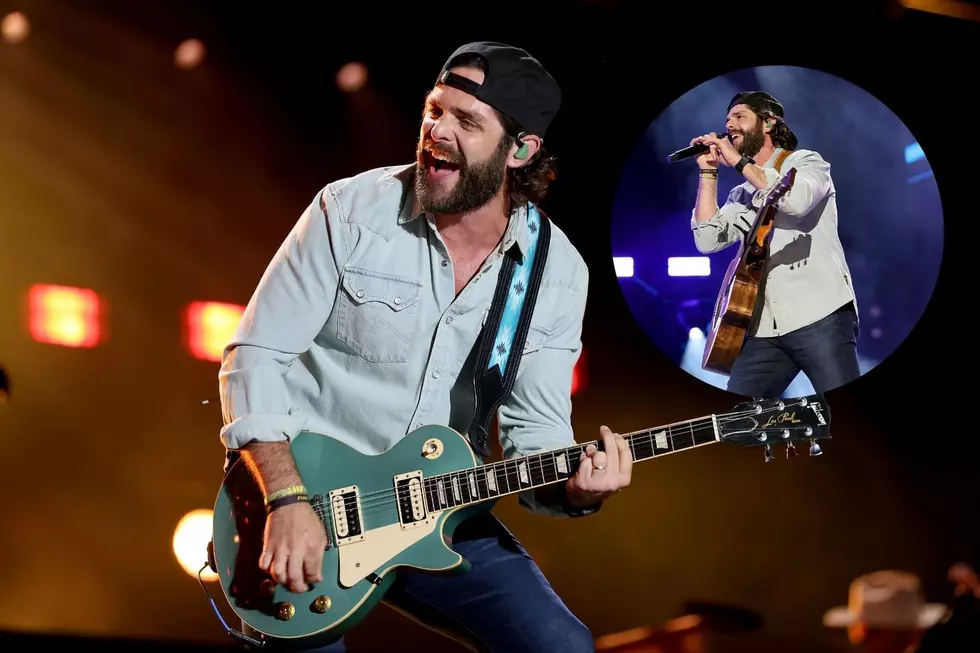
Connecticut Massacre: Teachers What To Say To Your Students Today
Dr. Thomas Haller regular on the Cars 108 Morning Show with Rod and Steph wrote a great piece about addressing the Connecticut massacre with your kids. This is a must read.
Tragic, senseless, and unexplainable. Unimaginable! Yet, there it was spread all over newspapers, blogs, and the airways. Nonstop television coverage was and still is being broadcast into most of our homes.
Horrifying images of children, parents, first responders, and clergy appeared 24 hours a day. Statistics of the number of children and school staff dead, types and number of weapons, the massacre timeline, political news conferences, and vast number of pundits speculating about all aspects of the tragedy were repeated regularly. Insensitive and unknowledgeable interviewers stuck microphones in the faces of elementary school children only hours after they experienced a trauma so severe that it brought many of us to tears.
So here comes Monday. You suspect some of the young children in your own community have seen portions of the horror that occurred at Sandy Hook Elementary School. What are you as a professional educator going to do now? What are you going to say to your young students? How will you handle and direct the conversation of this insane rampage at your K-4 school?
Our suggestions include:
- Keep young children away from this topic and discussion as much as possible. Do not show them the news or images. Keep conversation to a minimum.
- If a student brings it up, do not stop what you are doing to address the concern in front of the whole class. You will have some students who know nothing about this distressing incident. Say, “Arturo, I will talk with you about that in a few minutes. Let’s finish our lesson in subtraction first.” Go back immediately to the lesson you were teaching.
- As soon as you are able have a private conversation with Arturo. Say, “Tell me what you know or heard.” Then ask what he wants to know. The response you get from these questions can be used to guide your response. Answer the questions truthfully keeping your answer as simple as possible. If Arturo wants to know more he will ask.
- The most helpful thing you can do for your students at this point is to help them feel safe and secure at your school. We suggest you do that without mentioning what happened in Connecticut.
- Focus on what you do at your school to keep kids safe. Yes, review your “Staying Safe Drill.” Practice it again. There is no need to say, “We are doing this because of what happened at Sandy Hook School.”
- If students in your classroom attempt to switch the conversation to what they saw or heard on TV, assure them they are safe here. Do not tell them you can’t guarantee that some crazy person won’t flip out. Do not give them a “pretty sure” type of answer. Young children do not understand percentages, law of averages, and probabilities. They see the world in black and white. Give them definitive information: “YES, YOU ARE SAFE HERE.”
- If someone asks what happened or wants to know why, tell them, “I don’t know all of what was going on there. But I do know what we are doing here to keep all of you safe.” Bring the conversation back to your local efforts to create safety and security at your school and in your classroom. The conversation around what happened in Connecticut is all speculation and conjecture right now. The facts and conclusions change hourly.
- Explain how the adults at this school are a team, a family. Tell how the administration, teachers, and parents have worked together to create a safety plan. Explain, “We take care of each other here at this school. We look out for each other. That’s why we all walk in the hall. It keeps us all safe. And we all get to be a part of that team and play our role.”
- Focus on the helpers. Lead a discussion about who helps us at this school, which we can turn to if we need help here. Make sure the list includes teachers, administrators, the psychologist, the nurse, the office staff, the custodian, tutors, the cooks, and the librarian. You can expand that list to add helpers from the community, including neighbors, police, firefighters, coaches, clergy, etc.
- Talk about ways each of these important people help us and keep us safe. If you choose, have students each pick one helper and write that person a thank you note. Draw pictures of each helper and make a helpers bulletin board in your classroom so that the helpers are visible and present.
- As much as possible stay away from connecting any of this to the recent events in Connecticut. Make it be about your students and the safety that exists in your classroom and school. Your main goal is for your students to feel safe and secure at your school.
This is a tragic time for all of us in this incredible profession. And a time to feel proud. The teachers, staff, and helpers in Connecticut have shown the world what we are capable of during unthinkable circumstances. We salute their professionalism, dedication, and heroics as me mourn with and for them. God bless them and all of you who do what you do day after day because you love children.
Dr. Thomas Haller and Chick Moorman are the authors of Parent Talk Essentials. They are two of the world's foremost authorities on raising responsible, caring, confident children. They publish a free Parenting Newsletter that is distributed to over 20 thousand parents in seven countries. To register for the free newsletter visit: www.thomashaller.com
More From Cars 108

![Sandy Hook Shooting Survivors Record ‘Somewhere Over the Rainbow’ for Charity [VIDEO]](http://townsquare.media/site/87/files/2013/01/Sandy-P-Hook-kids-record-Somewhere-Over-the-Rainbow-for-charity.jpg?w=980&q=75)







